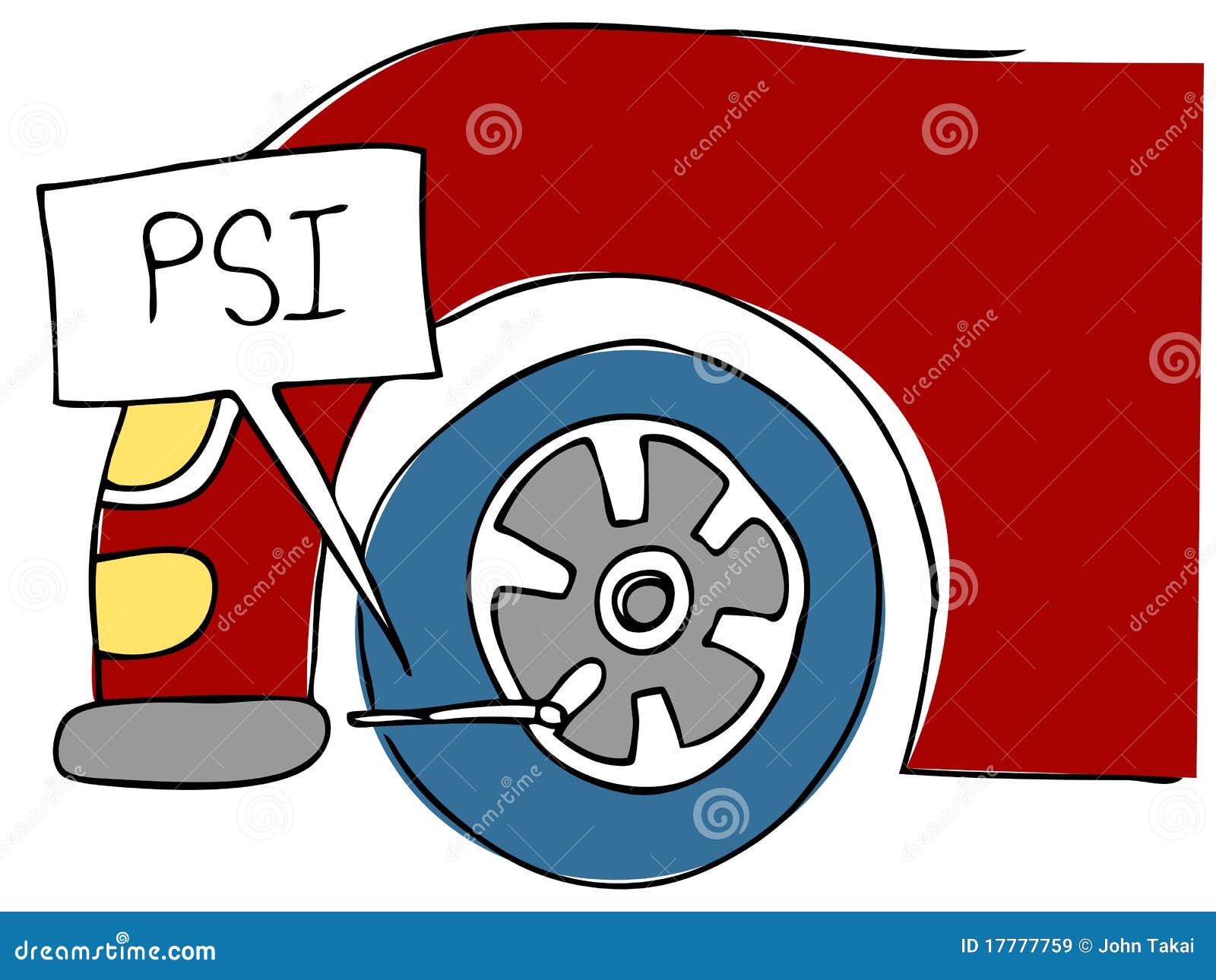

This is an important point to keep in mind since a car's tire is a closed system filled with gas. If you paid attention during physics class, you'd know that the pressure and volume of a gas in a closed system may only remain constant for as long as its temperature remains constant. How Temperature Contributes to Tire Pressure So, without further ado, let’s get started. This includes filling them to the right pressure - keeping the outside temperature in mind. Having run our own auto shops for many years, we know all there is to know about maintaining your tires and ensuring that they last for as long as possible. But how does the temperature of a tire impact how much air you need to fill in it? This becomes evident when your tires have started to sag, and you need to fill them up if you want to keep driving smoothly.

The temperature of the surroundings has a big impact on the tire pressure. A tire pressure between 4 and 6 PSI above the recommended tire pressure is ideal for warm tires. For cold tires, a tire pressure of 32-35 PSI is recommended. Tires with the recommended amount of air pressure tend to last longer and give you a better driving experience. Knowing more about cold vs warm tire pressure will ensure that you fill your tires correctly. Recommended tire pressures vary depending on the temperature.


 0 kommentar(er)
0 kommentar(er)
